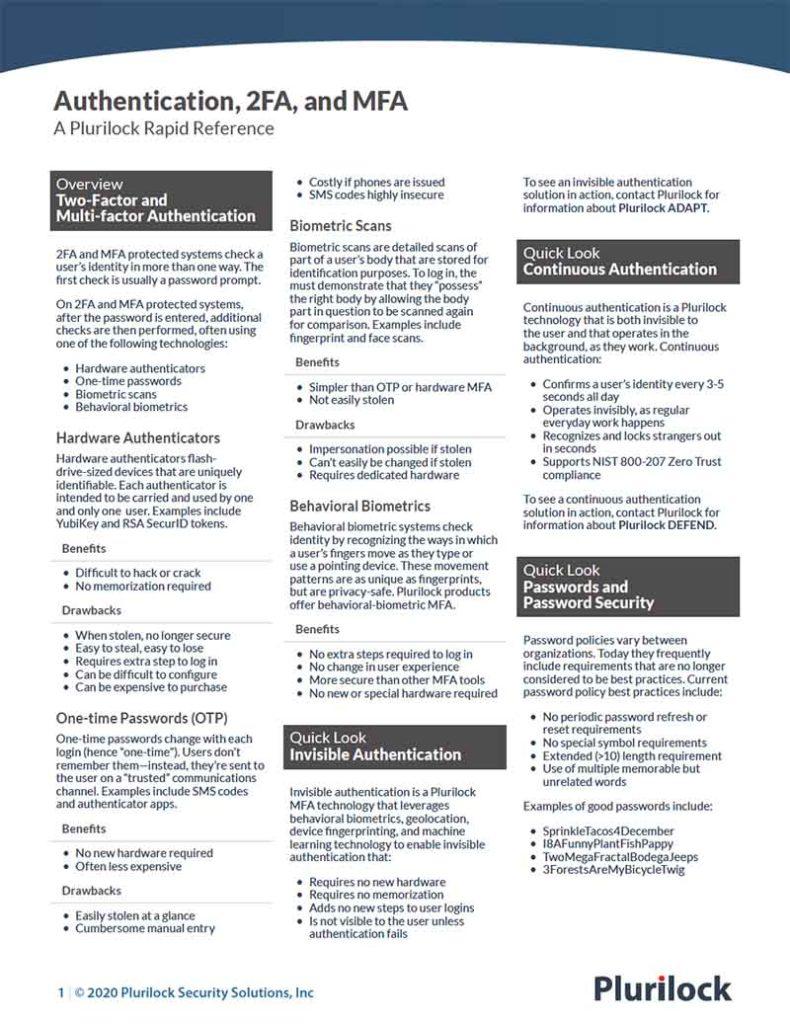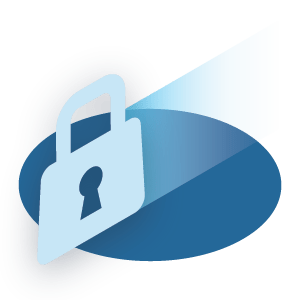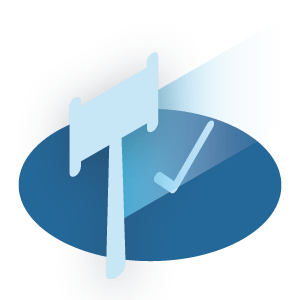Cybersecurity Reference > Glossary
Principle of Least Privilege (PoLP)
The Principle of Least Privilege is a cybersecurity rule of thumb and best practice intended to minimize vulnerabilities and security breaches.
The principle states that any user, application, process, or other agent that may affect or access data or systems should only be granted the minimal set of privileges necessary in order to perform its intended function. In more colloquial terms, no one and no thing should ever be given "extra" permissions or privileges, for any reason.
In practice, the principle often helps prevent "privilege creep," a situation in which users or intruders either are given or are able to establish elevated privileges that do not directly relate to their roles and duties and are either not documented or not intensively monitored—a common avenue for attacks and lateral intrusions and breaches.

2FA/MFA Rapid Reference
Authentication at a glance
Download the 2FA/MFA Rapid Reference now:
- 2FA and MFA basics and common solutions
- The benefits and drawbacks of each
- Glossary of authentication terms
2FA/MFA Rapid Reference
- 2FA and MFA basics and common solutions
- The benefits and drawbacks of each
- Glossary of authentication terms








